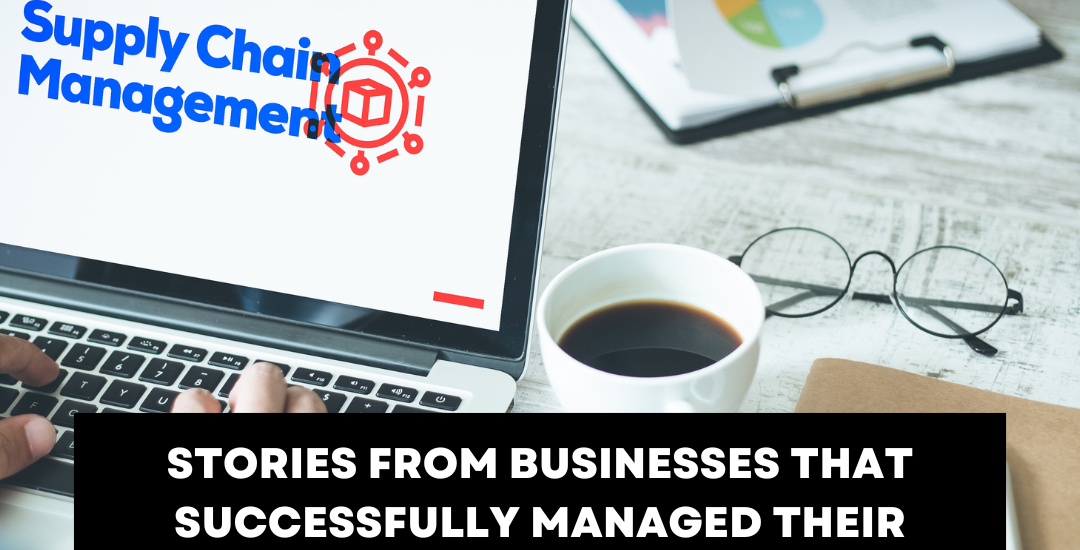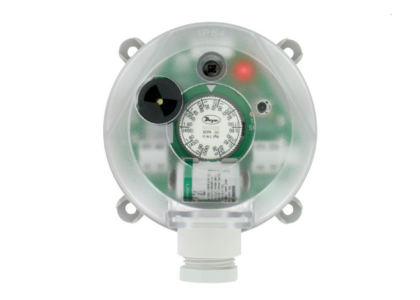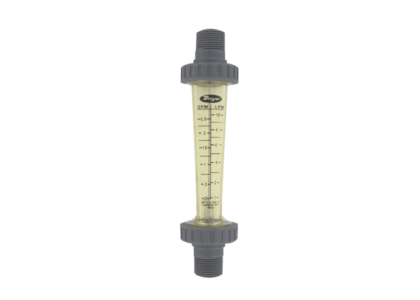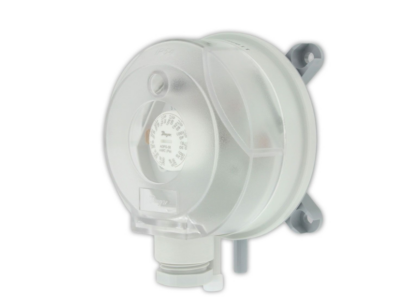Natural disasters can strike without warning, causing widespread damage and disrupting business operations. For many companies, the supply chain is one of the most vulnerable areas during these events. However, some businesses have managed to successfully navigate supply chain challenges and emerge stronger in the face of adversity. In this blog post, we’ll explore two inspiring stories of businesses that successfully managed their supply chains during natural disasters.

Bouncing Back After the Flood: Acme Manufacturing’s Story
Acme Manufacturing, a thriving industrial company, was hit hard when a devastating flood swept through their region. The flood waters submerged their main manufacturing facility, damaging equipment and raw materials. With their primary supplier offline, Acme faced a critical shortage of key components needed to fulfill customer orders.
Rather than panicking, Acme’s leadership sprang into action. They quickly activated their disaster recovery plan, which included a list of pre-vetted alternative suppliers. Within 48 hours, they had established new supply chain relationships and secured the necessary components from suppliers located in other parts of the country.
To expedite the delivery of these critical parts, Acme chartered private planes and trucks, incurring significant costs but ensuring that production could resume as soon as possible. They also communicated proactively with customers, providing regular updates on the situation and reassuring them that orders would be fulfilled with minimal delays.
Despite the initial setback, Acme was able to resume production within a week and catch up on backlogged orders within a month. The company’s agility and proactive approach to supply chain management allowed them to weather the storm and emerge even stronger, with a more diversified and resilient supply chain.
Weathering the Storm: Sunshine Apparel’s Story
Sunshine Apparel, a clothing manufacturer, faced a different challenge when a powerful hurricane struck their main production facility in the Caribbean. The storm caused extensive damage to the factory and disrupted transportation networks, making it nearly impossible to ship finished goods to their U.S. distribution center.
Sunshine’s leadership team quickly convened to assess the situation and develop a response plan. They decided to temporarily shift production to their secondary facility located in Central America, which had been spared the worst of the storm. However, this facility lacked the capacity to handle the entire production volume, so Sunshine also outsourced some production to trusted third-party manufacturers in the region.
To ensure timely delivery of raw materials to the new production sites, Sunshine’s procurement team worked around the clock to secure alternative shipping routes and methods. They chartered cargo ships, utilized air freight, and even resorted to sending materials via private planes to ensure that production could continue uninterrupted.
Despite the added costs and logistical challenges, Sunshine was able to maintain a steady flow of finished goods to their U.S. distribution center. They also provided regular updates to their retail partners, reassuring them that orders would be fulfilled as promised. The company’s proactive approach and strong relationships with suppliers and partners allowed them to weather the storm and emerge with their reputation intact.
Lessons Learned: Keys to Supply Chain Resilience
These two stories highlight the importance of proactive supply chain management and disaster preparedness. Here are some key lessons that businesses can learn from Acme Manufacturing and Sunshine Apparel:
1. Develop a comprehensive disaster recovery plan: Having a well-thought-out plan in place can help businesses respond quickly and effectively to supply chain disruptions caused by natural disasters.
2. Diversify your supplier base: Relying on a single supplier or production facility can leave your supply chain vulnerable to disruptions. Diversifying your supplier base can help mitigate risk and ensure that you have alternative sources of supply in case of an emergency.
3. Invest in alternative transportation methods: When traditional transportation methods are disrupted, having access to alternative shipping options, such as air freight or chartered cargo ships, can be crucial for maintaining supply chain continuity.
4. Foster strong relationships with suppliers and partners: Building trust and open communication with your suppliers and partners can help you navigate supply chain challenges more effectively. When disaster strikes, you’ll be able to rely on these relationships to find creative solutions and work together to overcome obstacles.
5. Communicate proactively with customers: Keeping your customers informed about supply chain disruptions and providing regular updates on the situation can help maintain trust and loyalty, even in the face of delays or challenges.




